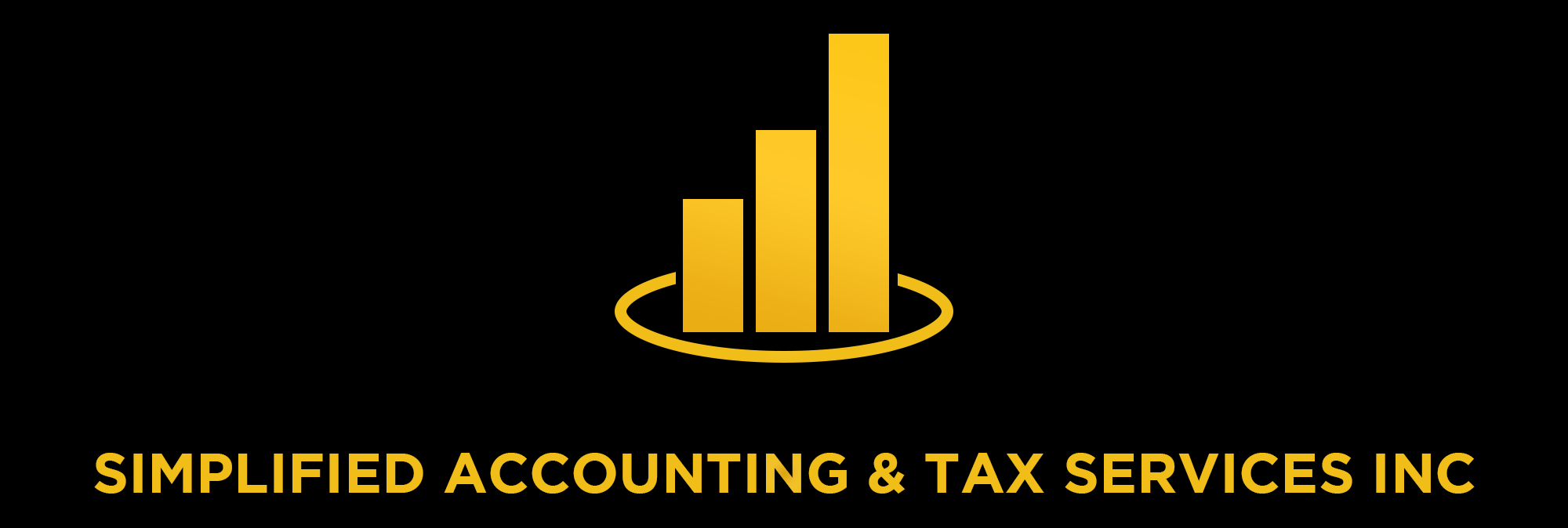Running a business in Ontario involves more than just providing products or services; it also means understanding and fulfilling tax obligations like GST/HST. In this guide, we’ll break down the essentials of GST/HST, who needs to register, how to claim Input Tax Credits, and the critical filing deadlines every business owner in Ontario needs to know.
What is GST/HST?
The Goods and Services Tax (GST) is a federal tax applied to most goods and services sold in Canada, while the Harmonized Sales Tax (HST) combines GST with provincial sales tax into a single rate. In Ontario, the HST rate is 13%, which includes the 5% federal GST and 8% provincial tax. Understanding these rates can help you plan for tax time and keep accurate records.
If you want to know more about overall tax rates for small businesses in Ontario, check out our post on Ontario Small Business Tax Rate: Everything You Need to Know.
Who Needs to Register for GST/HST?
Required Registration
In Canada, businesses must register for a GST/HST account if their total revenue from taxable sales goes over $30,000 within four consecutive quarters. Failing to register when you’re required to could result in fines and back taxes.
If you’re unsure whether you need to register, the Canada Revenue Agency (CRA) has a helpful guide explaining the requirements and steps.
Voluntary Registration
If your business makes less than $30,000, you may still choose to register voluntarily. Registering can allow you to claim Input Tax Credits (ITCs), potentially reducing the tax you need to remit. This can be beneficial if you have significant business expenses, especially during startup.

How to Register for GST/HST in Ontario
To register for GST/HST, you can use the CRA’s Business Registration Online (BRO) portal. Here’s what you need:
- Business Details: Business name, address, type, and projected annual revenue.
- Identification: Social Insurance Number (SIN) for sole proprietors or Business Number (BN) for corporations.
- Submit: Register online, by phone, or by mail. The CRA will provide a GST/HST number that you’ll use on returns and invoices.
If you’re starting out, our Essential Accounting Tips for Small Businesses in Ontario guide may be helpful as you gather these documents.
Charging and Collecting GST/HST
Once registered, you’ll need to charge GST/HST on most of your sales in Ontario at the 13% HST rate. It’s important to distinguish between:
- Taxable Supplies: Most goods and services.
- Zero-Rated Supplies: Items like basic groceries that are taxable but at a 0% rate.
- Exempt Supplies: Services like health care and education that aren’t subject to GST/HST.
Remember to itemize GST/HST separately on invoices to ensure transparency for your customers and to simplify record-keeping.
Understanding Input Tax Credits (ITCs)
Input Tax Credits (ITCs) let businesses claim the GST/HST paid on eligible business expenses, which can reduce the amount you owe when filing. To claim ITCs:
- Keep Detailed Records: Save receipts and invoices that show the GST/HST paid.
- Claim Only Business-Related Expenses: Personal expenses aren’t eligible.
- File Promptly: Submit ITCs with the correct tax period.
For more information on ITCs, the CRA provides an Input Tax Credit guide for businesses.
Filing GST/HST Returns and Deadlines
Staying on top of GST/HST filing deadlines is essential for avoiding penalties. Your filing frequency depends on your annual revenue:
- Annual Filing: For revenue up to $1.5 million.
- Quarterly Filing: For revenue between $1.5 million and $6 million.
- Monthly Filing: For revenue over $6 million.
Missing a filing deadline can result in penalties, so make sure you know when your returns are due. For more information, the CRA’s GST/HST Filing and Payment Dates page provides an official schedule.

Remitting GST/HST to the CRA
After filing, you’ll need to remit the GST/HST collected to the CRA. Most businesses remit online through the CRA’s payment portal, but bank payments and other options are also available. Keeping up with these remittance deadlines helps you avoid late fees and keeps your account in good standing.
Common GST/HST Issues for Ontario Businesses
Managing GST/HST can come with some common challenges, especially if your business operates across provinces or sells digital products. Here are a few tips:
- Interprovincial Sales: Ensure you’re aware of when to charge GST versus HST.
- Digital Products: Online goods and services can have unique GST/HST requirements.
- Frequent ITC Claims: If claiming ITCs often, maintain accurate records for easy reference during audits.
For new business owners, our Essential Accounting Tips for Small Businesses in Ontario can help you set up a simple record-keeping system.
Keeping Up with GST/HST Changes
Tax regulations can change, and staying informed will help you avoid unexpected liabilities. The CRA’s Tax News and Updates page provides the latest updates, including any changes to GST/HST policies affecting Canadian businesses.

Simplified GST/HST Compliance with Simplified Accounting & Tax Services Inc.
Managing GST/HST requirements is important for keeping your business compliant and financially healthy. Understanding registration, Input Tax Credits, and filing deadlines can help your business avoid penalties and improve cash flow.
At Simplified Accounting & Tax Services Inc., we help Canadian businesses manage GST/HST requirements with ease. Our team provides personalized advice to ensure you make the most of Input Tax Credits and meet filing deadlines without hassle. With our support, you can focus on growing your business, knowing that your GST/HST obligations are covered.
Partnering with Simplified Accounting & Tax Services Inc. gives you access to trusted expertise and a clear approach to tax compliance. Our services can reduce your tax burden and streamline your accounting, giving you peace of mind. Contact us today to learn how we can help your business stay compliant and thrive.

